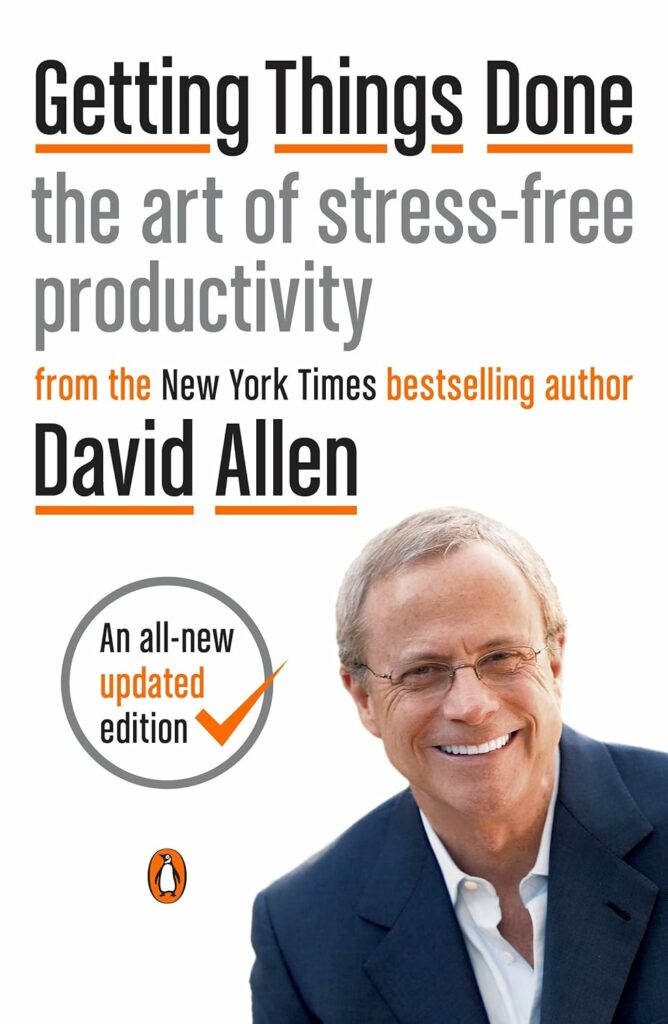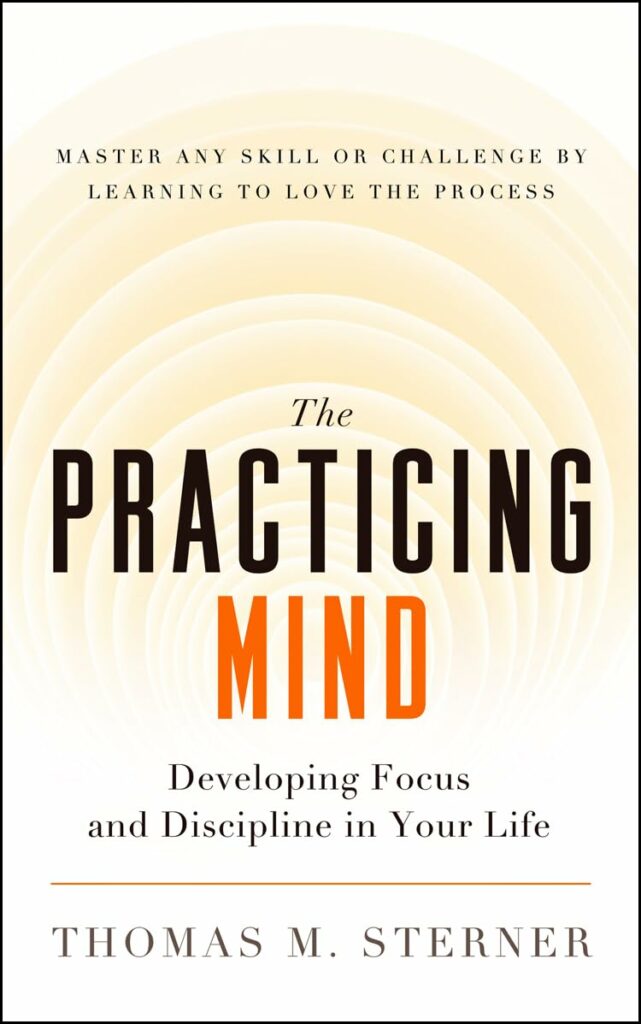If you are like me, you probably wear many hats: teaching piano, volunteering for local music teachers organizations, balancing family life and work life, etc.. Below are some of the productivity tips I have developed since I started running a piano studio full-time ten years ago.
Tip #1: Maintain Morning Rituals
I find it helpful to maintain a morning routine when possible. I wake up at the same time every day and always start by opening the curtains to let in some natural light, feeding the cats, eating breakfast, and listening to podcasts or audiobooks as I get ready for the day. Following through on my routine helps me feel ready to tackle my to-do list.
Tip #2: Adapt a System for Getting Things Done

Most of my teaching occurs between the hours of 3:30 and 7:30pm. For the first half of the day, I have to be self-motivated about accomplishing what needs to be done. I find it helpful to begin the workday by deciding what exactly I wish to accomplish that day, and then planning my day around those tasks.
An important aspect of planning my days/weeks and keeping track of tasks and projects is my “Thinking Journal.” A Thinking Journal is my own version of the “Bullet Journal” and the process described in the classic book, Getting Things Done by David Allen.
Here is how it works:
I start each week by creating an “action” list recording all on-going projects. As the week progresses, I assign certain tasks or projects to particular days of the week. It feels great to begin each day by choosing a few manageable tasks to complete that day and then check off each completed task. I’ll admit that I am not always successful in completing ALL of the items on the daily lists, but I can always follow-up with any uncompleted tasks the following day.

At the end of the week, I do a weekly review and transfer over all the uncompleted tasks from the previous week’s action list into the new week’s action list.
In other pages of my Thinking Journal, I maintain “project” lists specific to certain aspects of my life, such as my piano studio and my blog, ColorInMyPiano.com. These pages are bookmarked with small Post-It notes so that I can find them easily. I also use my Thinking Journal for capturing random thoughts, doodles, ideas, and more. When I get to the last pages of the notebook, I get a new notebook and transfer any important information into the new Thinking Journal.
Many people prefer to use checklist apps instead of paper for their to-do lists. Whatever the medium, it is important to find a process that works for you!
Tip #3: Schedule Everything That Can Be Scheduled
I live by my calendar! I use Google Calendar, which is synced to my iPhone and iPad so that I can refer to it or update it from anywhere. As you might expect, my calendar contains both my teaching schedule and my personal schedule – but it also contains various to-do tasks that are ongoing or are due on a particular date.
For example, I have a repeating event in my calendar that reminds me to send out my monthly studio newsletter. I’ve also manually added a reminder event on the day that quarterly estimated tax payments are due.
I am always on the look out for more things that can be scheduled into my calendar. Scheduling tasks helps prevent certain things from falling between the cracks and frees up brainpower to focus on other things.
Tip #4: Eliminate or Minimize Interruptions
I am most productive when I have large blocks of uninterrupted time. Finding and creating these large blocks of time is challenging, of course, but it can help to eliminate or minimize interruptions that could potentially steal focus.
Like most people, when I hear the sound of phone or computer notification, my attention is immediately removed from the task at hand. For this reason, I have turned off all sound notifications in my phone settings except for text messages and phone calls. I do not want to be interrupted by app or email notifications on my phone. I prefer to check my email on my own time. Similarly, when I am practicing, sometimes I like to leave my phone in the other room.
Creating large, uninterrupted blocks of time allows me to stay focused and get “in the flow” while practicing, working on the computer, or relaxing.
Tip #5: Live In The Moment

This tip comes from the book, The Practicing Mind by Thomas M. Sterner. The idea is this: Rather than spending work time thinking about free time and spending free time thinking about work responsibilities, we ought to live “in the moment” and focus 100% on what we are doing right now.
For example, when we are supposed to be enjoying free time, we might find ourselves worrying about our piano students or other projects. This takes us out of the moment, brings stress, and steals our joy. Likewise, when we are working, we might find ourselves dreaming about the weekend or allowing ourselves to get sidetracked on the internet. This causes us to feel unproductive and stressed.
How to combat this? Stay in the present, whether working or playing. When I am working, I keep only one task in mind that I am trying to accomplish. If I am on working on the computer, I close browser tabs for sites that are unrelated to the task at hand. Likewise, if I want to relax and spend some time on Pinterest or Facebook, I close out browser tabs for sites that are related to work.
* * * * *
Your turn: I am always looking for tips for getting things done and increasing productivity. Please share your productivity tips in the comments below!
This article was originally written for the blog of the Southwest District of the Ohio Music Teachers Association.


Nice one and I read this article By the way nice information on your blog post
I back this process 100%. It works not only for teaching piano but for many other areas in a persons working life.
Love your ideas! I went to the CFMTA conference in Vancouver and attended a great seminar by Terry Small ‘the brain guy’. He said for brain and body health don’t sit for longer than age+2 minutes. A six year old should stand up and move after 6+2=8 minutes. The max for anyone to sit is 20 minutes. I have found this really helps with fatigue.
Thanks for this! I found your post really helpful for getting some organization back into my life. I’m now currently reading ‘Getting Things Done’, thanks to your suggestion!
Great ideas! I need to take to heart what you said about leaving work at work and enjoying time off when I’m not at work. Thanks for all these ideas!